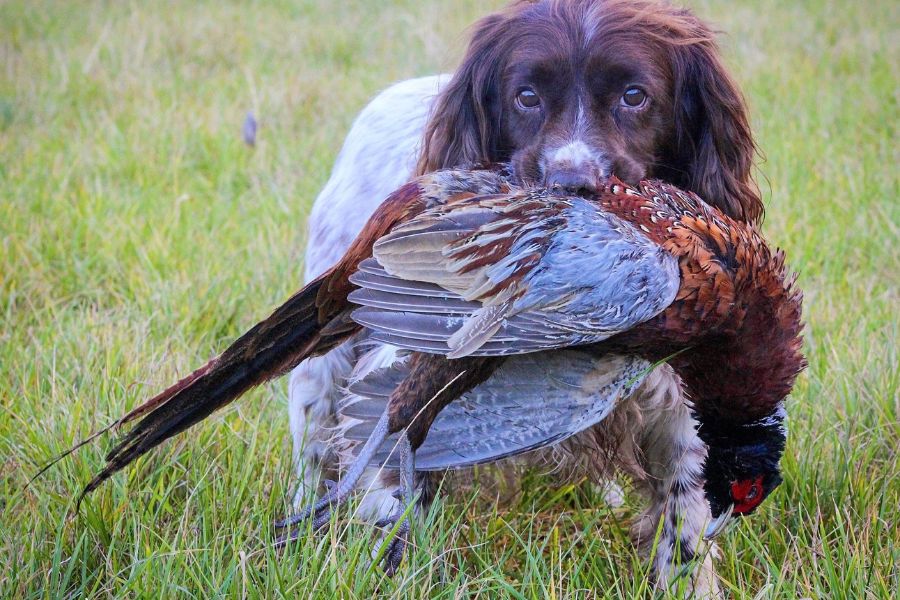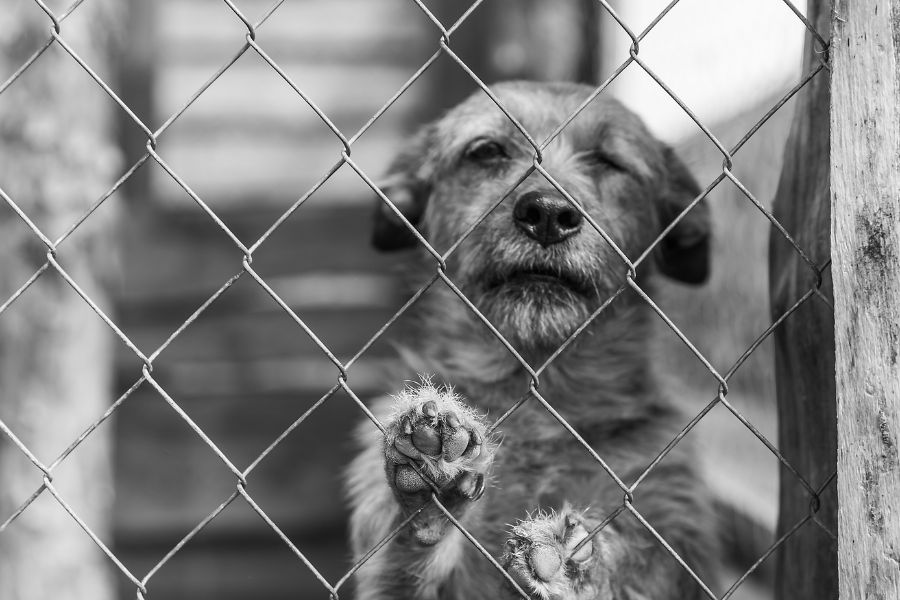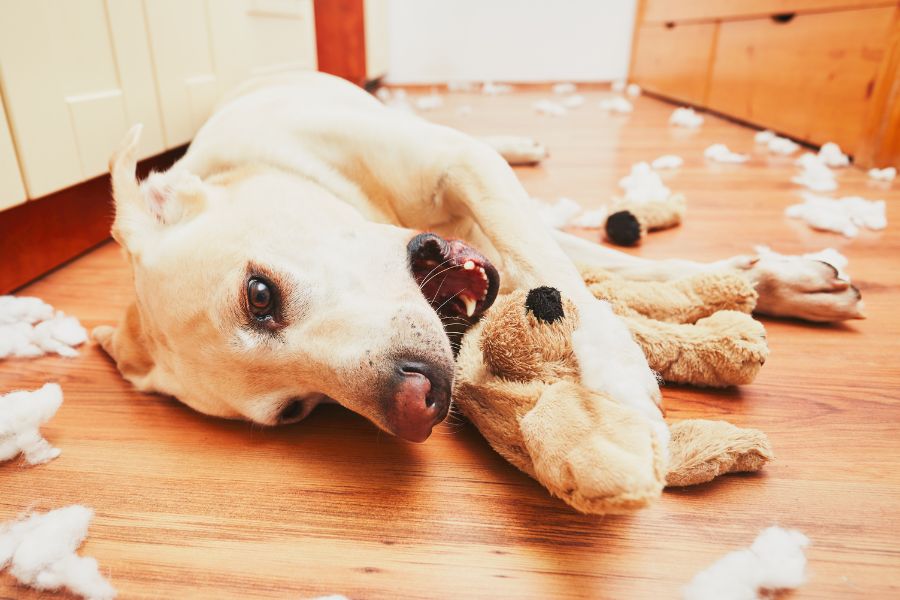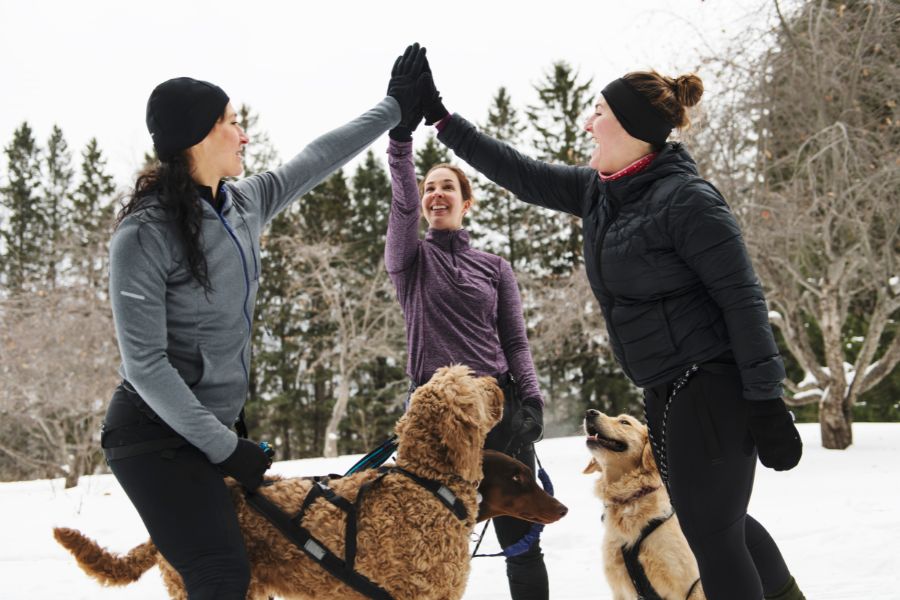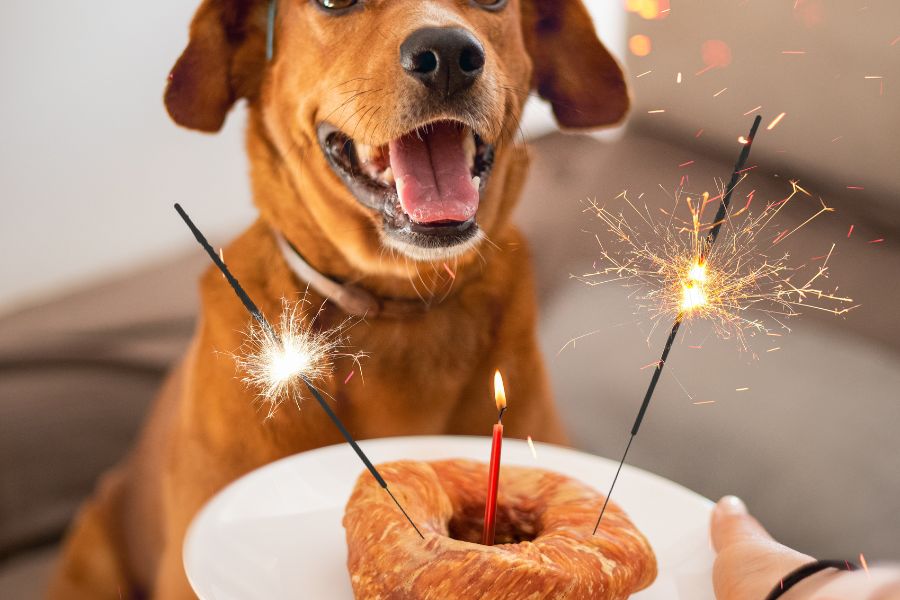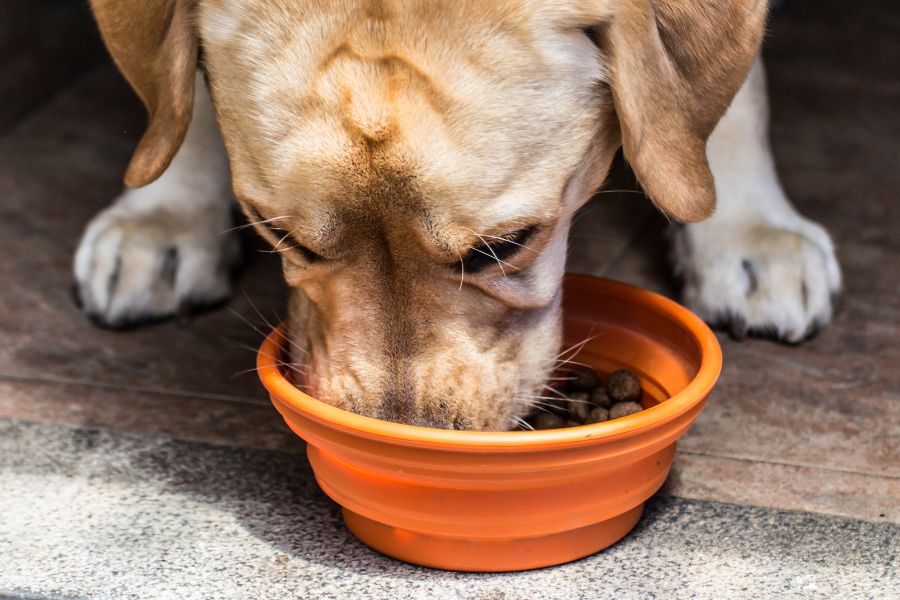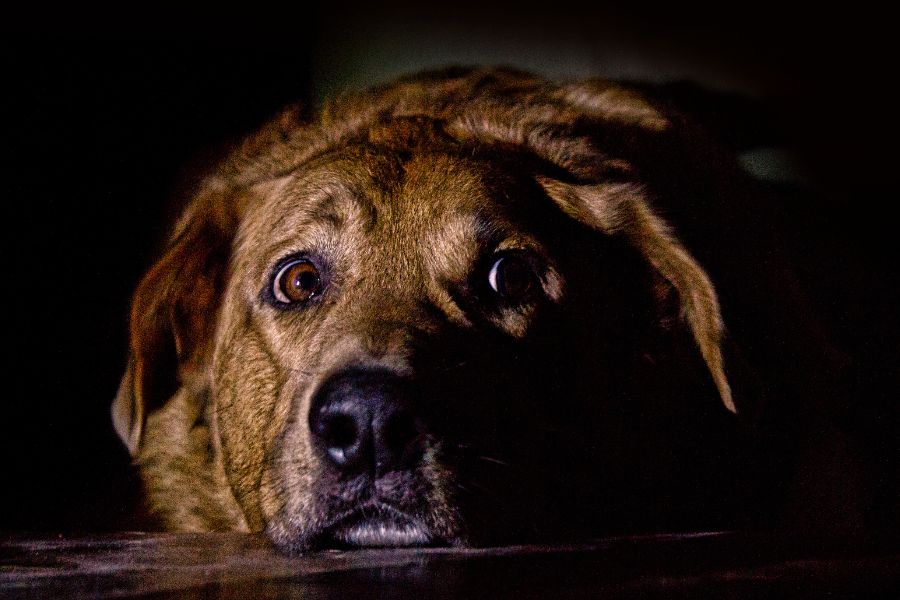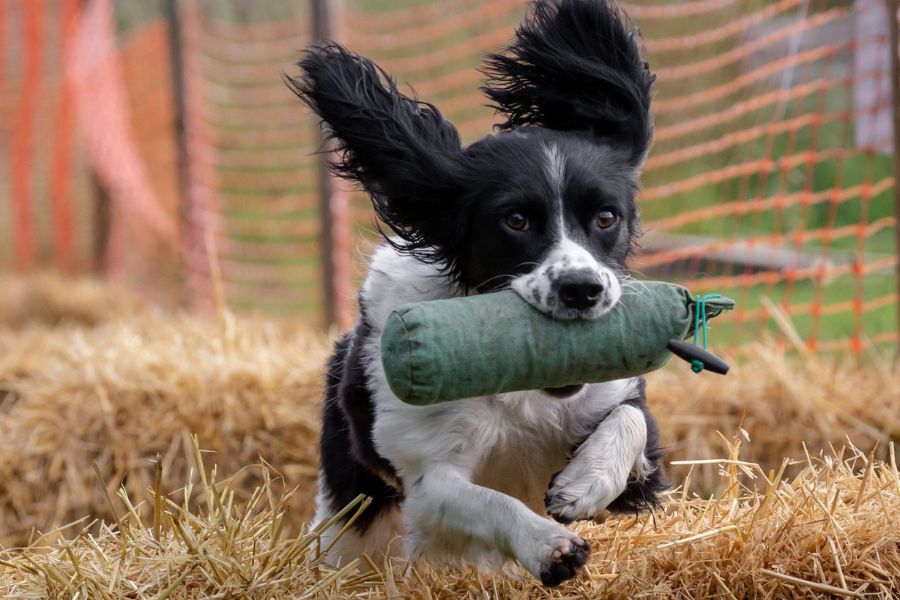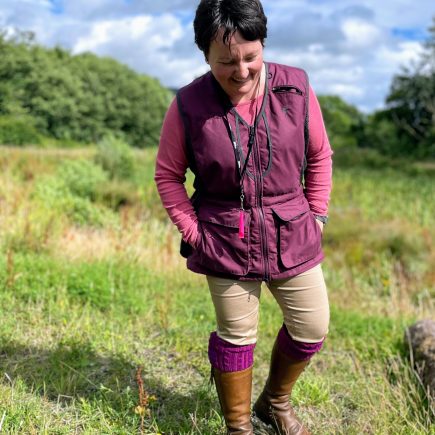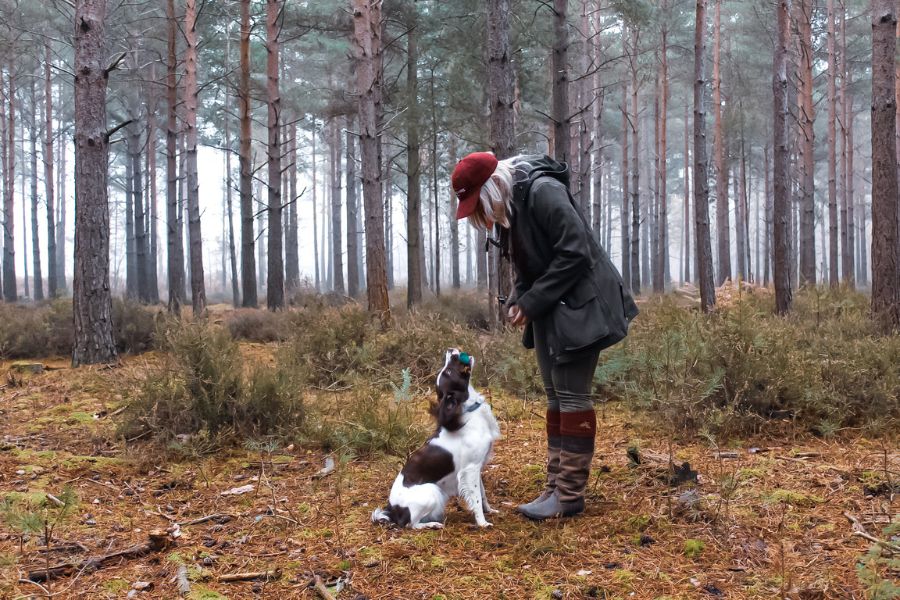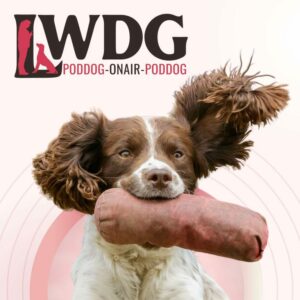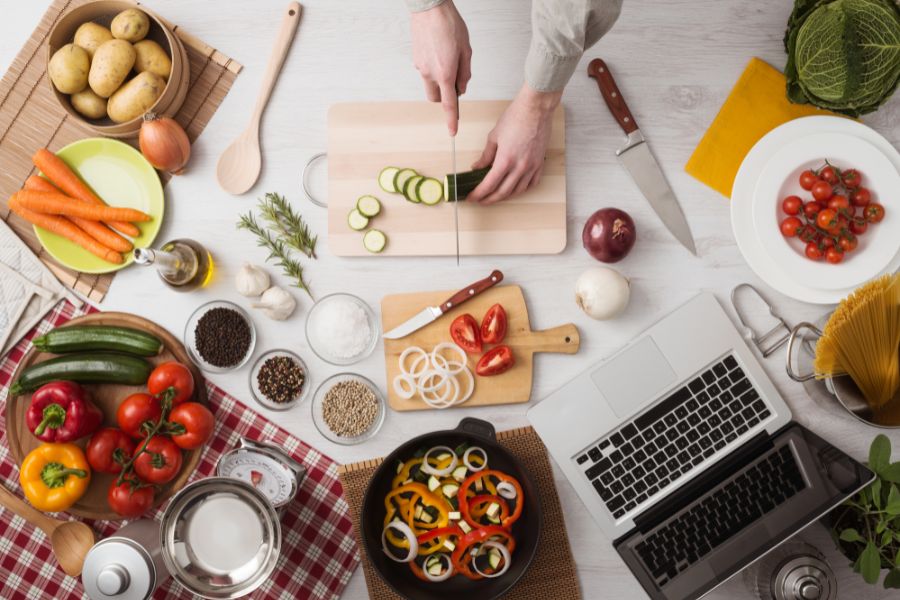Join LWDG Founder Jo Perrott with Trainer and Featured Expert Michelle Oseman as they discuss training a dog to retrieve using 6 simple steps, using the food bowl game.
This episode was initially filmed as part of an interview Jo was writing for the Gundog Journal with Trainer Michelle Oseman of Mapowders Dog Training
As Jo and Michelle chatted about training dogs in general, Michelle shared this content and we thought it was too good not to share with you. You can listen to the podcast here.
Michelle also provided the following information which she uses in her training lessons as takeaway documents. We have included these here to support the video content.
Introduction To Retrieving
What is a retrieve made up of?
1 STEADINESS – Can your dog sit beside you whilst a bird is flushed and shot or a dummy is thrown or a ball rolled in front of him? Can your dog stay sat where you leave him whilst you walk out to place a retrieve or fill a food bowl? Does your dog think every retrieve is his???
2 SEND AWAY – Can your dog run out in a straight line from your side or, if stopped out in the field, can it take direction to a retrieve?
3 PICK UP – Can your dog pick up and hold lots of different things such as fur, feathers, canvas dummy, cuddly toy etc.
4 RECALL/RETURN – Does your dog recall/return immediately and can run holding something whilst running?
5 DELIVERY – Can your dog recall to sit in front of you without smashing into you or doing a million circles around you? Can your dog sit in front of you whilst holding an object?
6 PRESENT – Can your dog sit in front of you holding an item and lift his head for you to take it?
All of these elements make up a simple retrieve. The best way to train them is as standalone parts of the retrieve and not try to chain them altogether until they are 100% on their own. No point having a dog that runs in on retrieves or can pick a retrieve but then does a victory parade around the field before coming back to you or a dog that picks a runner in the shooting field but drops it at your feet on delivery!!
Over the next few weeks look at each of these elements and how best to train them as single tasks. Some dogs will find certain elements easier than other parts but the trick is to focus on your weak areas rather than keep sending your dog for retrieves that aren’t completely perfect. Remember that the dog will only practice the behaviours you allow!
A lot of these behaviours have already been introduced in your training to date such as using our Sit and Step off exercise for steadiness, food bowl retrieves for send away and recall but we will revisit them as they now need to be incorporated into a very exciting thing for dogs called Retrieving!
Using The Food Bowl Game To Retrieve
Tips for success
•Use a natural straight line such as a fence, track or hedge
•Make sure the distance is appropriate for the age of the dog
•Dog MUST have sit and stay secure
Exercise
1. On lead, take dog from point A to point B at heel
2. Sit dog. Step off, place tasty food into the bowl and return to the dog (heel position)
3. Tell the dog to ‘Leave’ the bowl, turn across the dog (blocking the food bowl) and heel away to return to point A
4. About turn and sit the dog at heel facing the food bowl
5. Remove lead and, with your arm stretched out pointing to the bowl, send the dog with your “Go Back!” or “Get Out!” command
6. Once the dog has eaten, recall to sit in front and reward

- Extend the distance from A to B
- Use heel work exercises such as ‘quick sit’ and ‘sit and step off’ while doing your heel work to and from the bowl
- Leave the dog in a sit, walk out to place food in bowl and return to dog. This aids steadiness
- Aim for off-lead heel work

Photo: Michelle Oseman
Michelle Oseman’s Bio:
After a highly successful corporate career, Michelle has been a companion and gundog training professional for over ten years and has recently relocated to just outside Bude in North Cornwall.
She is an experienced Gundog handler, having gained Field Trial and Working test awards with her own Springer Spaniels and Working Cocker Spaniels. She has always worked her dogs in the shooting field, running up to 8 dogs a day. Michelle also writes regular articles for the Gundog Journal and Field Sports Magazines.
Michelle’s passion for training, competing and working dogs led her to her training career. She is a positive, rewards-based, behavioural trainer who focuses her efforts on ensuring the handlers learn before the dog. Her friendly and methodical approach has been proven across many breeds and clients as shown in the testimonials she has received.

